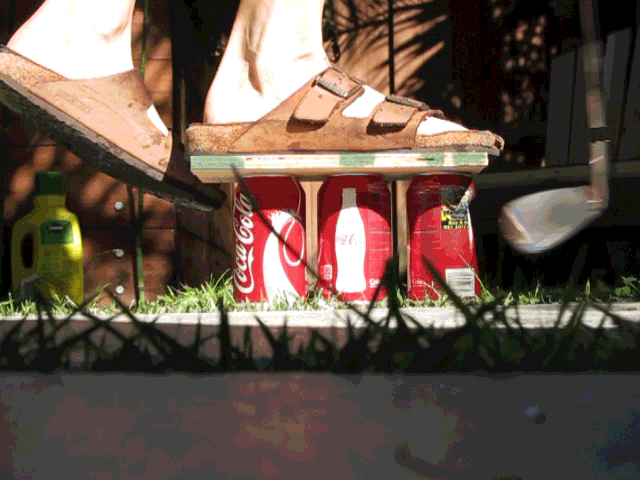Oystein
Senior Member
@econ41 , @Henkka :
Mendel, in post #10, reproduced NIST's summary of their collapse initiation scenarion.
Contains elements such as "creep" of core columns, load redistribution through hat truss, etc.
Read it again, read it carefully!
"Creep" is when the columns actually get shorter (and thicker) through plastic deformation short of buckling - because load increases and/or capacity decreases (e.g. due to increased temperature), and the steel no longer responds fully elastically to applies loads.
Henkka needs to understand that once a structure's capacity drops even a tiny bit below its (remaining) capacity and some first element fails, load redistribution makes the next elements fail in VERY rapid sequence, because load is redistributed at the speed of sound within the structural material (which, in steel, is several times the speed of sound in air). We are talking easily less than a second from first failure to last.
----
Think of a wire rope: When you increase load, or heat it while load remains the same, or increase load and temperature, at some point, a wire may snap, but the rope still holds - because locally, that wire may be overloaded, but other wires are yet below their capacity and can take up the load previously born by the one that tore.
Then another wire pops.
And another.
This can go on for a while - you may observe that the rope elongates a bit (creep), but it holds.
Until so many wires have popped that the rope's remaining capacity is just barely holding the load.
Then, when one more wire pops, the next and the next and the next follow immediately, and the rope tears as a whole in a tiny fraction of a second.
Source: https://www.youtube.com/watch?v=Jj_K6bGQIfM
---------
Once you see the top of the tower tilt, ALL columns except maybe some on the side of the perimeter away from where it tilts to, are already severed. At that poin ALL these dropping columns are already missing standing columns. (And within a very small fraction of a second later, the last columns are severed, too.
Mendel, in post #10, reproduced NIST's summary of their collapse initiation scenarion.
Contains elements such as "creep" of core columns, load redistribution through hat truss, etc.
Read it again, read it carefully!
"Creep" is when the columns actually get shorter (and thicker) through plastic deformation short of buckling - because load increases and/or capacity decreases (e.g. due to increased temperature), and the steel no longer responds fully elastically to applies loads.
Henkka needs to understand that once a structure's capacity drops even a tiny bit below its (remaining) capacity and some first element fails, load redistribution makes the next elements fail in VERY rapid sequence, because load is redistributed at the speed of sound within the structural material (which, in steel, is several times the speed of sound in air). We are talking easily less than a second from first failure to last.
----
Think of a wire rope: When you increase load, or heat it while load remains the same, or increase load and temperature, at some point, a wire may snap, but the rope still holds - because locally, that wire may be overloaded, but other wires are yet below their capacity and can take up the load previously born by the one that tore.
Then another wire pops.
And another.
This can go on for a while - you may observe that the rope elongates a bit (creep), but it holds.
Until so many wires have popped that the rope's remaining capacity is just barely holding the load.
Then, when one more wire pops, the next and the next and the next follow immediately, and the rope tears as a whole in a tiny fraction of a second.
Source: https://www.youtube.com/watch?v=Jj_K6bGQIfM
---------
Once you see the top of the tower tilt, ALL columns except maybe some on the side of the perimeter away from where it tilts to, are already severed. At that poin ALL these dropping columns are already missing standing columns. (And within a very small fraction of a second later, the last columns are severed, too.


